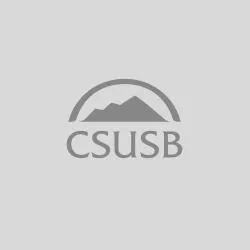
Tomasz Owerkowicz
Contact
Education
B.A. in Biology, 1994, Harvard University
Ph.D. in Biology, 2003, Harvard University (A.W. Crompton)
Courses/Teaching
BIOLOGY 324 Human PhysiologyBIOLOGY 424 Comparative Animal PhysiologyBIOLOGY 555 Comparative BiomechanicsBIOLOGY 591 Biology SeminarBIOLOGY 624 Advanced Topics in PhysiologyBIOLOGY 295 Special Projects in BiologyBIOLOGY 396 Directed StudyBIOLOGY 596 Independent ResearchBIOLOGY 690 Graduate Seminar in BiologyBIOLOGY 691 Current Topics in BiologyBIOLOGY 692 Graduate Research Methods in BiologyBIOLOGY 696 Directed Graduate Research in Biology
Research and Teaching Interests
The Owerkowicz Lab works on the correspondence of form and function in vertebrate animals. Our laboratory work integrates experimental techniques of comparative physiology and functional morphology. Our interests fall under two broad categories cardiopulmonary and musculoskeletal.
Some general questions we are trying to address:
CARDIOPULMONARY
- How does short- and long-term regulation of the vertebrate oxygen transport cascade match the changing demand for oxygen during different behaviours (e.g., rest, exercise)?
- What are the limits to phenotypic plasticity of the vertebrate cardiovascular and ventilatory systems in response to the changing environment (e.g., atmospheric oxygen level, ambient temperature)?
- What selective pressures might have led to the evolution of respiratory and circulatory designs in various vertebrate lineages?
- What structures are evolutionary adaptations to a particular metabolic strategy (ectothermy, endothermy), and which ones are exaptations?
- What governs the growth and regeneration potential of hearts of reptiles?
MUSCULOSKELETAL
- How do intrinsic (calcium, thyroid hormones) and extrinsic (oxygen, temperature) factors modulate growth and development of the embryonic bones and muscles?
- How do various skeletal components (jaws, limb bones) remodel in response to different loading conditions (diet, exercise)?
- Why do reptiles maintain relatively higher strain safety factors than mammals or birds?
- What limits the apparent lack of plasticity (atrophy, hypertrophy) in reptilian muscles?
- What determines presence (or absence) of a trade-off between muscle adaptation to endurance vs. resistance exercise?